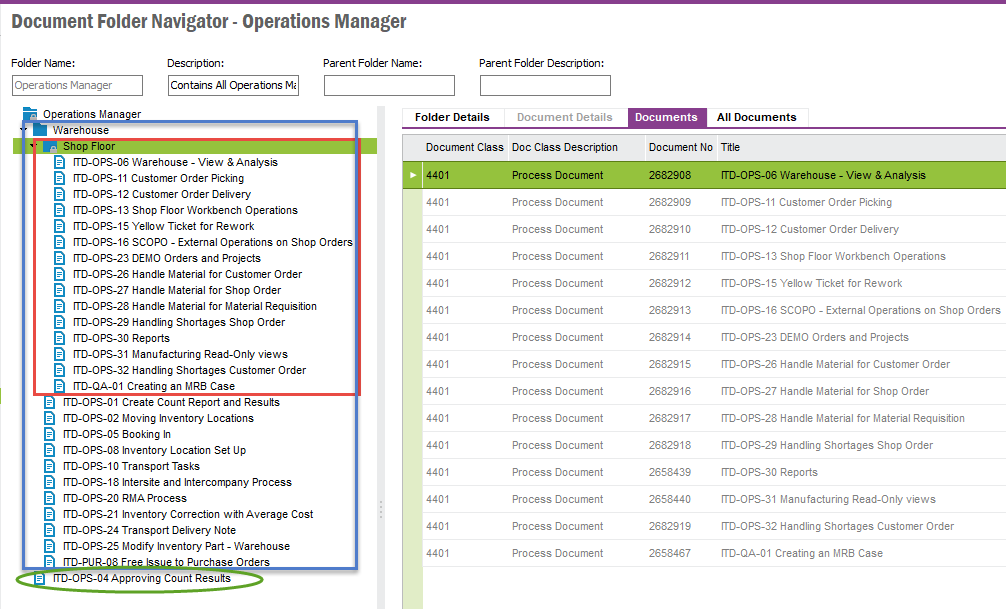I know the topic of IFS permissions is never as black and white as we would hope, and each business may have a different view on how it should be implemented.
We are now required to comply with SOX due to US ownership, so Segregation of Duties (SOD) plays a big part in regular audits! In addition, the existing permission sets developed previously have become unmanageable for the team and is difficult to report on access to management or auditors. This has effectively triggered a re-build of our permission sets across our business.
I have started to build new functional permission sets to group specific access together which is common across the business. For example, MANAGE_PUR_ORDER, MANAGE_WORK_ORDER, AUTHORIZE_PO, VIEW_SUPPLIER, APPROVE_INVOICE and MANAGE_CASE which within has all the relevant screen/database access for those areas. We know around Finance, HR and Payroll modules we may need to be more granular with the functional PS controls.
These functional permission sets are then granted to end user permission sets for the various positions.
My concern is that due to the vast number of job positions and depts, we could end up with many end user permission sets all having similar structure subsequently creating a more complex and confusing model to manage going forward.
Also some positions may only have one individual, so you are effectively creating a permission set for one person which I am not sure is good practise.
I am interested to hear others experiences or recommendations when it comes to building IFS permissions.
Is there a best practise approach that is advised? What successful experiences do others have with permissions? Is the use of Functional and End User permission sets the correct approach or should we just use end user?
Look forward to hearing your views






